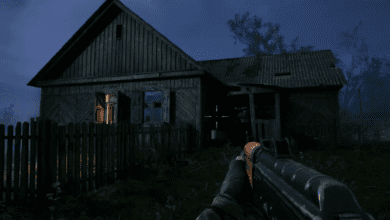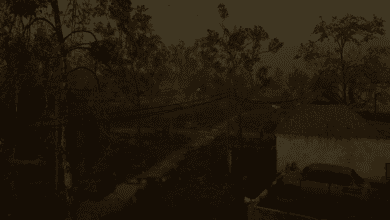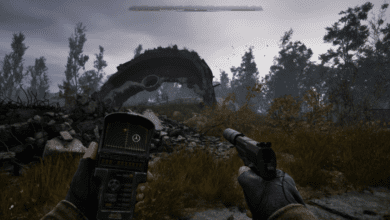Breaking Down Stephen King’s ‘Salem’s Lot’: The Story, Its Adaptations and How It Has Stood the Test of Time
Stephen King’s ‘Salem’s Lot is one of his most iconic works. As his second novel following Carrie, it was proof that the success of his first book was no accident. The novel deals with a small town overtaken by vampires, and through its complex narrative and sprawling structure, King explores themes that would later show up in works like It and Pet Sematary. While the novel has been critically praised, it has proven challenging to adapt, with different film and television versions struggling to maintain the depth and nuance that makes the book so special. Despite positive reception, these adaptations often lose parts of the story that gave ‘Salem’s Lot its impact, especially when it comes to the ending.
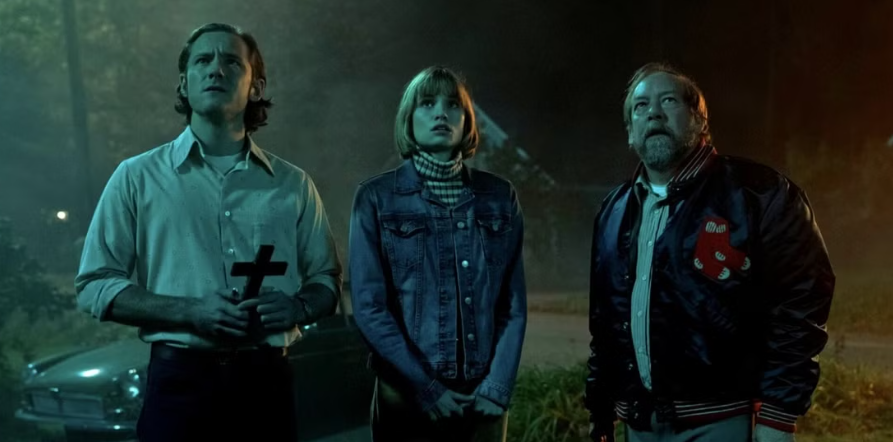
In this article, we will dive into the intricate details of King’s novel, the unique narrative choices, and how the different film adaptations have approached its challenging ending. We will also look at the newest version streaming on HBO Max and how it differs from its predecessors.
The Complexity of Stephen King’s ‘Salem’s Lot
‘Salem’s Lot isn’t just a vampire story; it’s a reflection on small-town life, community, and how easily evil can fester in isolation. The novel introduces readers to Ben Mears, a writer who returns to the town of Jerusalem’s Lot, where he spent part of his childhood, only to find that it has been overtaken by a vampire named Kurt Barlow. Through the character of Ben, King takes readers on a journey of terror, revealing how the supernatural can lurk beneath the ordinary.
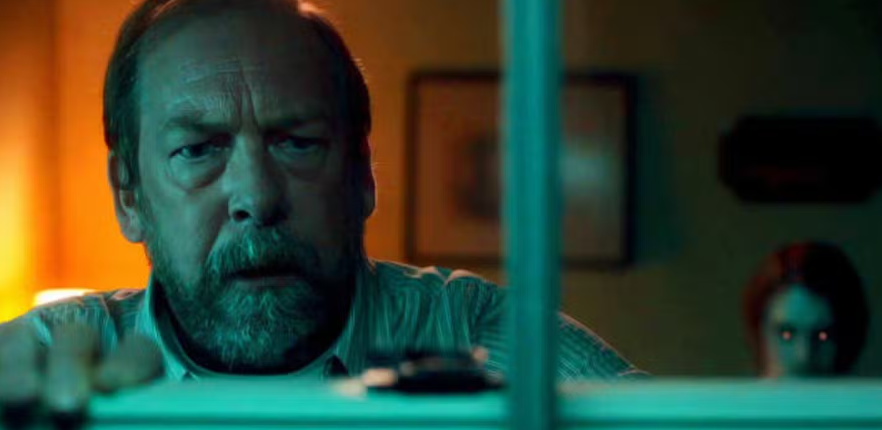
One of the key reasons why ‘Salem’s Lot is so beloved is its sprawling narrative. King doesn’t just focus on Ben; he takes readers inside the lives of other town residents, creating a sense of community that feels rich and real. This sprawling structure, while effective in book form, has made it difficult for filmmakers to adapt faithfully.
A Difficult Story to Adapt
The complexity of ‘Salem’s Lot’s narrative is one of the major challenges for anyone attempting to adapt it for the screen. In a book, King has the freedom to explore multiple subplots, delve into the backstories of minor characters, and slowly build tension over hundreds of pages. Film, however, requires a much tighter focus. While the core of the story remains the same a small town being taken over by vampires many of the book’s intricate subplots and character arcs are often cut or condensed in adaptations.

One of the most difficult elements of the story to adapt is its ending. King ends the novel on a hopeful yet unresolved note, with Ben and Mark returning to Jerusalem’s Lot a year after the events of the main story to burn down the town. This open-ended conclusion leaves the fate of the town and its surviving characters up in the air. While this works well in a novel, it can be difficult to translate to the screen, where audiences often expect more concrete closure.
Breaking Down the Novel’s Ending
The ending of ‘Salem’s Lot plays out in multiple stages, which is one of the reasons it’s difficult to adapt. After Ben and Mark kill Barlow, they are chased out of town by the vampiric residents. They return the next day to bury Doctor Cody and Mark’s parents, who were killed in the conflict. Ben and Mark leave the town, but the story doesn’t end there.
In the epilogue, which takes place a year later, Ben and Mark return to Jerusalem’s Lot. They start a fire in the nearby woods, hoping to burn down the town and kill any remaining vampires. As they drive away, Ben speculates that the fire will force the vampires out into the open, making it easier for them to be killed. However, the novel ends without confirming whether the fire was successful or if any vampires survived.
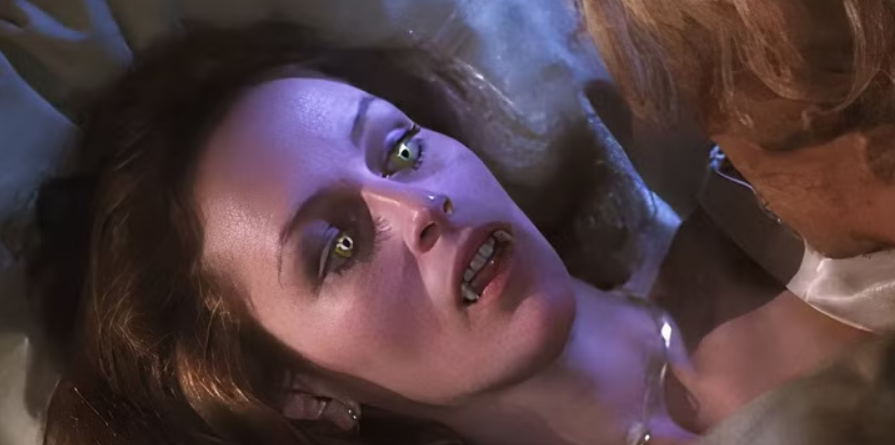
This open-ended conclusion adds to the eerie, unsettling tone of the novel. The heroes may have survived, but the town’s fate is left unresolved, creating a lingering sense of dread.
Stephen King’s Tricky Narrative Devices in ‘Salem’s Lot
One of the reasons ‘Salem’s Lot has been so difficult to adapt is King’s use of complex narrative devices. The novel opens with a prologue that introduces Ben and Mark after they have fled the town. They are in Mexico, traumatized by their experience, and the novel then jumps back in time to recount the events that led to their escape. This framing device adds depth to the story but can be tricky to replicate on screen.
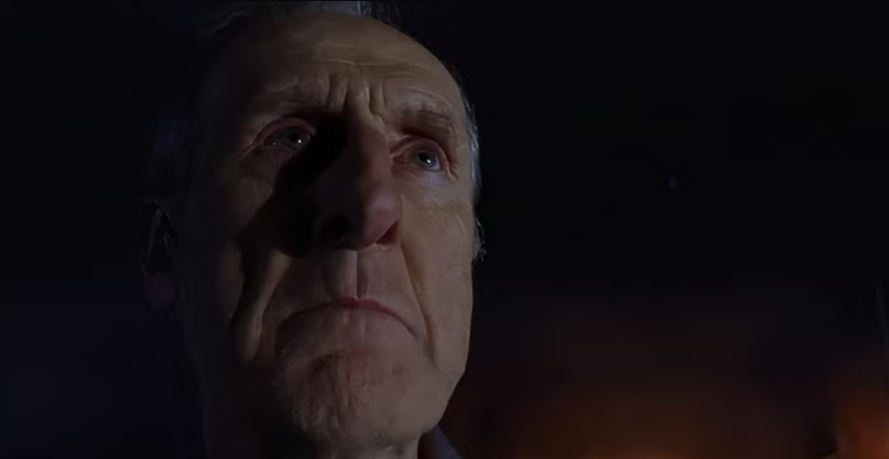
In addition, the novel’s ending doesn’t provide a neat resolution. King ends the story with a sense of ambiguity, which allows readers to imagine what might happen next. While this works well in a novel, it can be frustrating for viewers who expect a more concrete conclusion.
Adapting ‘Salem’s Lot: The 1979 and 2004 Versions
The first major adaptation of ‘Salem’s Lot came in 1979 in the form of a two-part miniseries. Directed by Tobe Hooper, the 1979 version is often considered the most faithful to the book. While it makes some changes most notably, the location of Barlow’s lair and the specifics of the final confrontation it retains much of the novel’s atmosphere and tension.
The 1979 adaptation ends similarly to the book, with Ben and Mark fleeing the town after killing Barlow and setting fire to his lair. However, the miniseries introduces a new twist: two years later, Ben is confronted by his former lover, Susan, who has been turned into a vampire. He kills her, but the series ends with the implication that other vampires may still be hunting them.

The 2004 miniseries, starring Rob Lowe, takes more liberties with the source material. While it retains the basic structure of the story, it condenses and alters many key events. For example, Father Callahan, a key character in the novel, has a different fate in the 2004 version, and the ending provides more closure than King’s original. In this version, Ben dies from injuries sustained in a final confrontation with Callahan, who has become Barlow’s servant.
The 2024 HBO Max Adaptation: A New Take on the Classic Story
The newest adaptation of ‘Salem’s Lot, which premiered on HBO Max in 2024, makes even bigger changes to the story. With a runtime of just under two hours, it condenses much of the novel’s plot and focuses more on action and spectacle.
One of the most significant changes is the setting of the final confrontation. In this version, Barlow and his vampire followers are hiding at the town’s drive-in theatre, where they use cars as coffins. Ben, Mark, and Dr.Cody confront the vampires at the theatre, leading to a dramatic showdown as the sun sets. While the specifics of the final battle differ from the book, the core beats remain the same: Ben kills Barlow and saves Mark, and the two escape the town.
While the 2024 version simplifies much of the story, it still captures the essence of King’s novel. The central themes of isolation, fear, and community remain intact, even if some of the novel’s subplots are cut.
How the Different Adaptations Tackle the Ending
One of the most debated aspects of ‘Salem’s Lot is its ending, and each adaptation has taken a different approach to interpreting it. The 1979 version comes the closest to replicating the book’s ending, with Ben and Mark fleeing the town and leaving the fate of the vampires ambiguous. The 2004 version provides more closure by killing off Ben and implying that the vampire threat has been eradicated.
The 2024 version takes yet another approach. By setting the final battle at the drive-in theatre, it introduces a new element of spectacle while still retaining the essence of the novel’s climax. However, the simplified ending may leave fans of the book wanting more.
The Lasting Impact of ‘Salem’s Lot
While ‘Salem’s Lot has proven difficult to adapt, its enduring popularity speaks to the strength of King’s original story. The novel’s exploration of fear, community, and the supernatural has resonated with readers for decades, and despite the challenges of adaptation, each version of ‘Salem’s Lot has brought something unique to the table.
Ultimately, the different adaptations of ‘Salem’s Lot reflect the complexity and depth of King’s novel. Whether you prefer the faithful approach of the 1979 version, the more streamlined 2004 miniseries, or the action-packed 2024 film, there’s no denying that ‘Salem’s Lot remains one of Stephen King’s most compelling works.
FAQ Section
1. Why has ‘Salem’s Lot been so difficult to adapt?
The novel’s sprawling structure and multiple subplots make it difficult to condense into a two-hour film. The book’s ending is also open-ended, which can be tricky to translate to screen.
2. How does the 2024 version differ from the book?
The 2024 adaptation simplifies much of the novel’s plot and focuses more on action. The final battle takes place at a drive-in theatre, which differs from the novel’s ending.
3. Which adaptation is the most faithful to the book?
The 1979 version, directed by Tobe Hooper, is generally considered the most faithful to the novel, although it still makes some changes to the plot.
4. Does the 2024 version capture the essence of the novel?
While it takes liberties with the plot, the 2024 adaptation retains the core themes of King’s novel, including fear, isolation, and the supernatural.
5. Why does Stephen King’s ‘Salem’s Lot still resonate with readers today?
King’s exploration of fear, community, and the supernatural continues to resonate with readers, and the novel’s themes are as relevant today as they were when it was first published in 1975.

